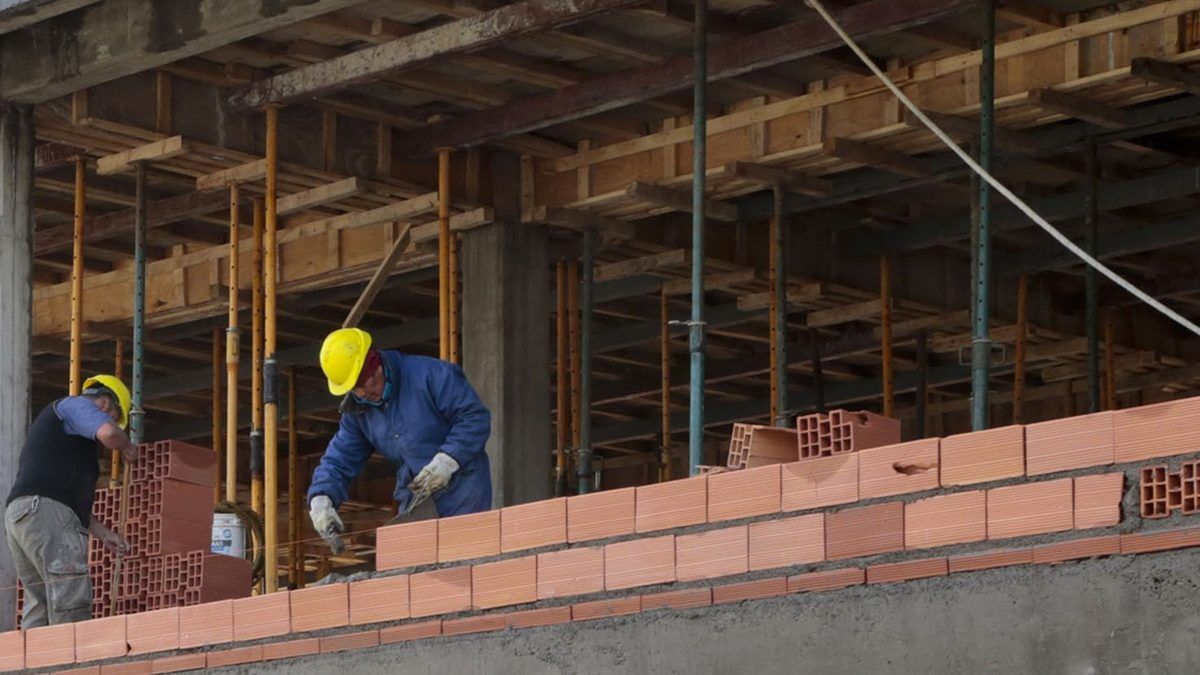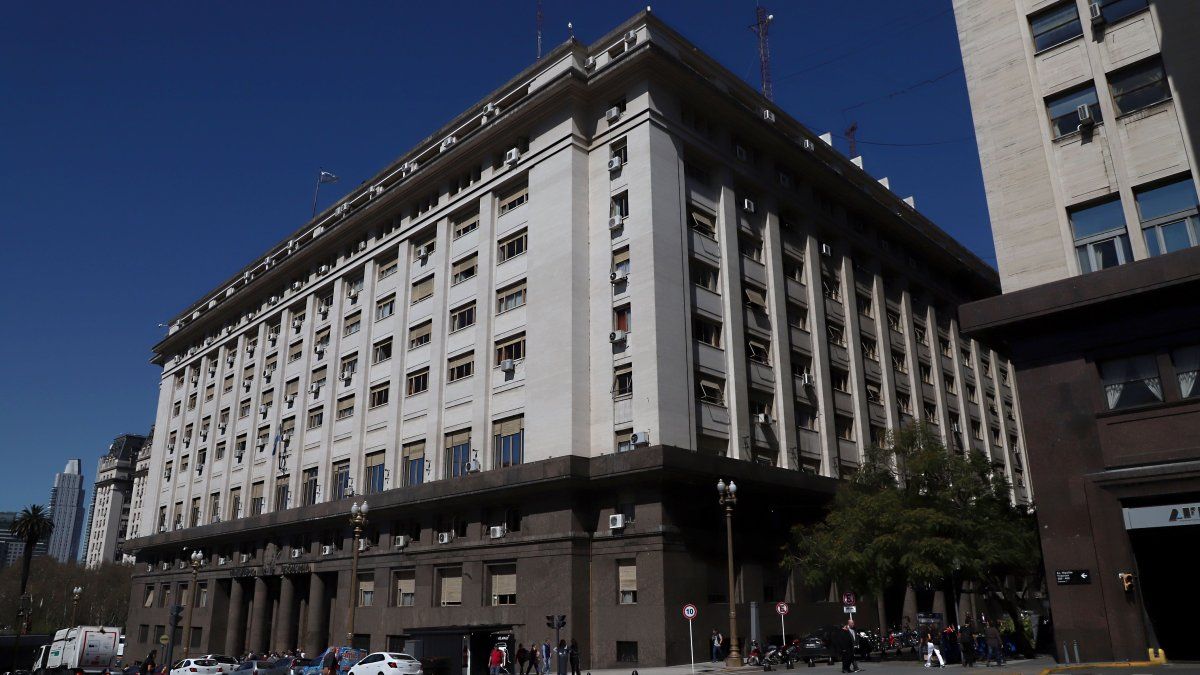Happens that At the same equivalent value in pesos or in US currency, half will be paid in taxes if what is laundered is foreign currency.
The law establishes that taxpayers who externalize their funds, be it pesos or dollars, between August 22 of this year and November 19 will pay a special tax of 5%; between November 20 and February 17, 10%; and between February 18, 2023 and August 16 of the next year, 20%. In this way, it seeks to encourage early externalization.
Those who want to use money laundering must deposit the undeclared funds in what the law calls the “Special Deposit and Cancellation Account for Argentine Construction (CECON.Ar)” in a bank.
What the law makes no difference between local or foreign currency, the measure may generate a demand for the blue dollar. Sebastián Domínguez, a partner at SDC Tax Advisors, explains it with the following example: a person who launders US$200,000 and another who does the same with the equivalent of the value of the blue in national currency, $58,400,000. “The person who launders $200,000 deposits the funds today and must convert them to pesos at the official exchange rate of 138.12 = $27,624,000 (to determine the basis on which the tax is calculated). The 5% tax amounts to $1,381,200. Instead, the person who launders $58,400,000 must pay 5%, which amounts to $2,920,000,” says Domínguez.
Therefore, according to the tax professional, it is not ruled out that those who want to externalize funds in local currency first try to access illegal dollars, to then deliver them to the Central Bank and pay less. It is that the portion of the funds entered in foreign currency that is not going to pay the tax may remain in foreign currency and, later, when the person goes to invest them, they can convert them to pesos at the value of the MEP dollar.
The attraction that the regime may have is that the person does not keep pesos, which lose value due to inflation, but rather has to invest them in construction projects.
The real estate projects eligible for investment are those that correspond to new private works started as of 03/12/2021, be they constructions, extensions, installations, among others, and that, in accordance with the building codes or similar provisions, are are subject to denunciation, authorization or approval by the competent authority.
Tax expert Guillermo Poch is optimistic about the regime. “The implementation of money laundering is good, mainly because of the situation that the people who were affected by the exchange rate split are enduring. It serves to motorize the economy”, he explained to Ámbito. For Poch, the new money laundering scheme can be used so that people or companies that have had some “improlixity” in the liquidation of foreign currency, for not doing it in time after an export, can do it now. “There will be people who will be interested. It can serve to resolve foreign exchange issues,” he noted.
Guillermo Pérez, CEO of the GNP Group, considers that although the new regime is an extension of the previous one, on this occasion, there are improvements with the pazos. “They have extended the deadlines to enter, with the 5%, 10 or 20% tax. That’s good,” she indicated. Between the entry into force of the law and the closure of money laundering, a total of 180 days will pass. Perez also points out that the new regime allows considerable savings in the tax to be paid for those who settle in dollars playing the gap. “You can launder at the official exchange rate. If someone brings funds through the liquidation account, they can get an effective rate of up to 2.5%, ”she explained. For this reason, Pérez also considered that it is more convenient to launder dollars rather than pesos.
Source: Ambito
David William is a talented author who has made a name for himself in the world of writing. He is a professional author who writes on a wide range of topics, from general interest to opinion news. David is currently working as a writer at 24 hours worlds where he brings his unique perspective and in-depth research to his articles, making them both informative and engaging.




